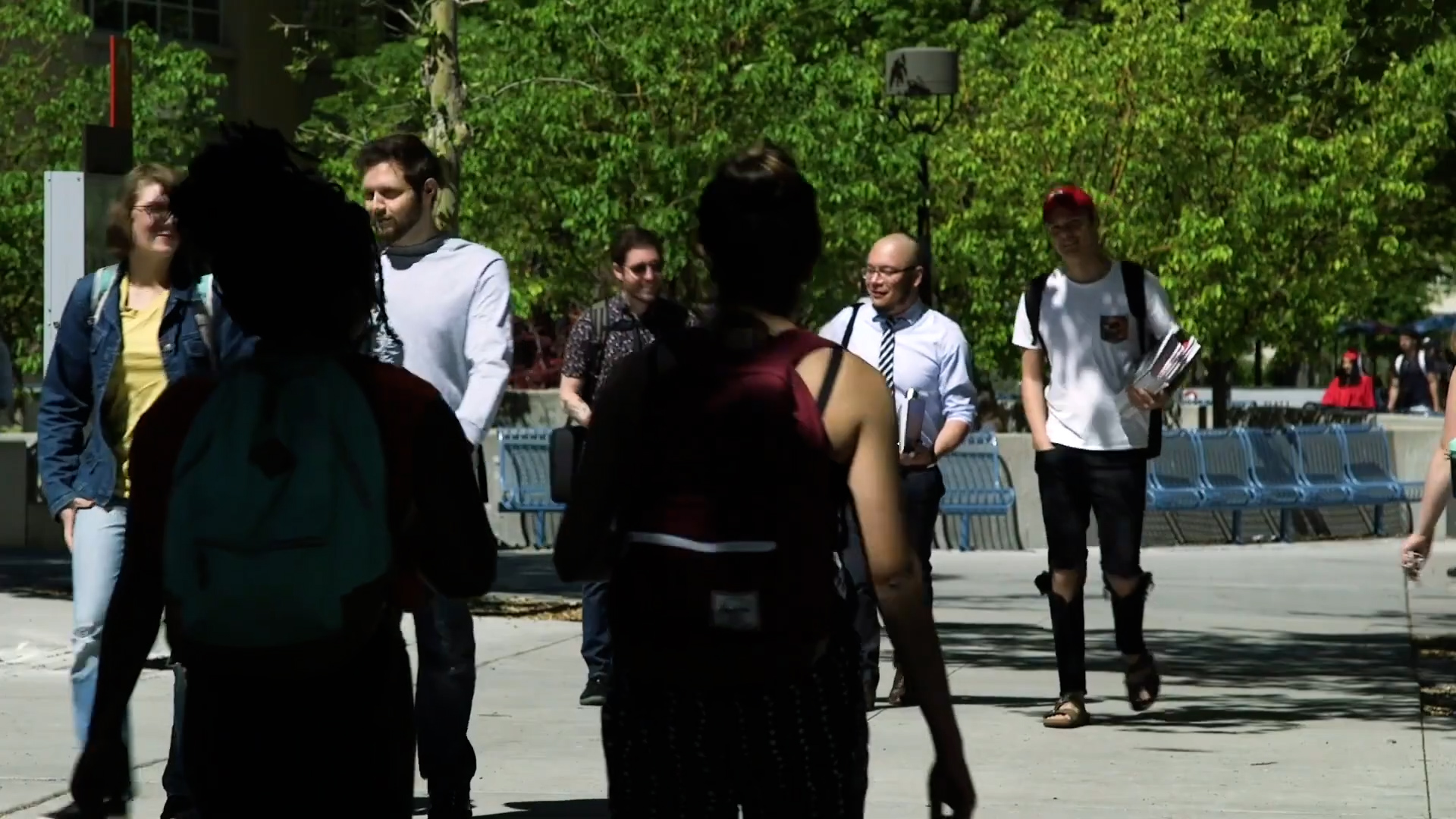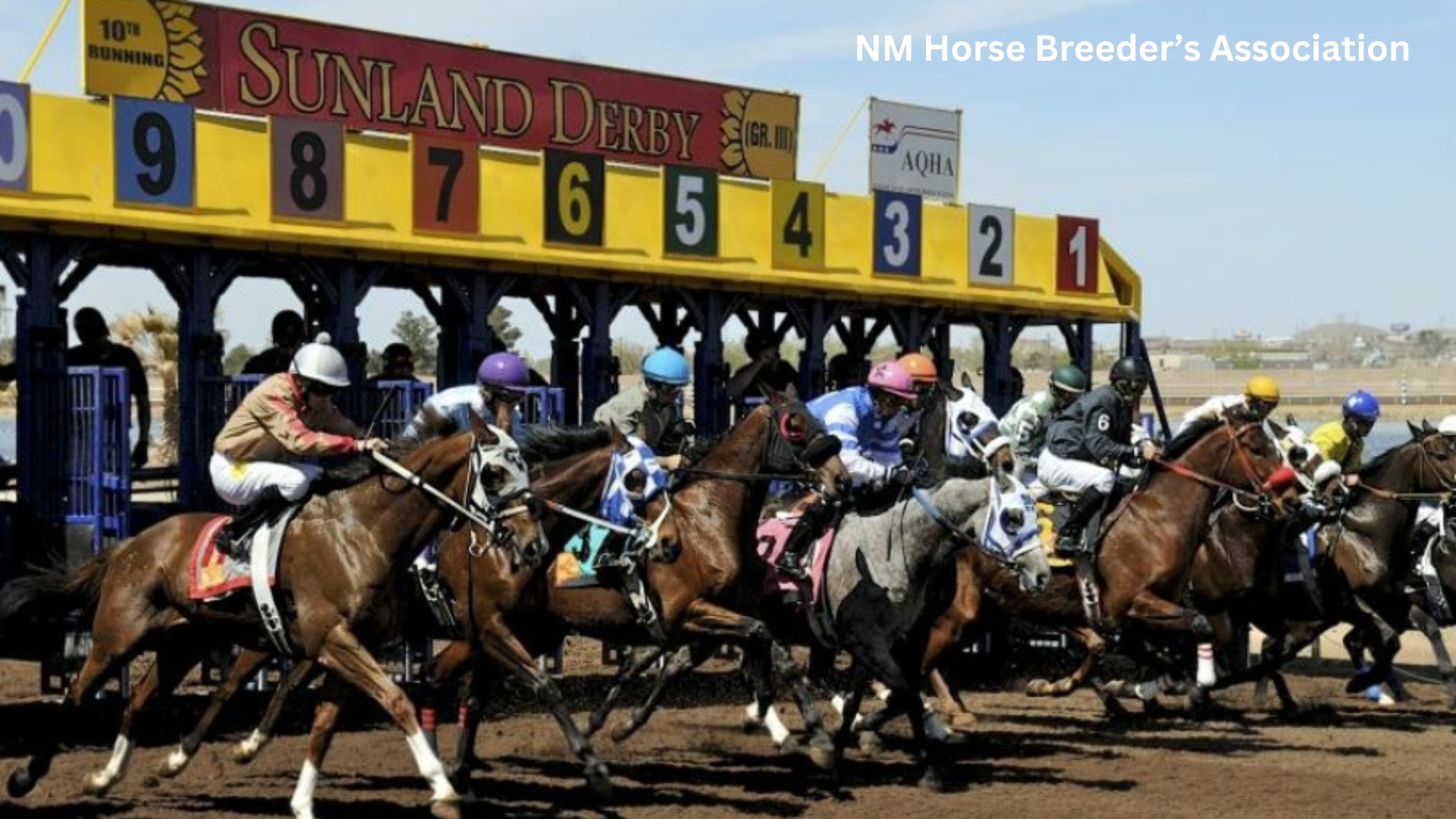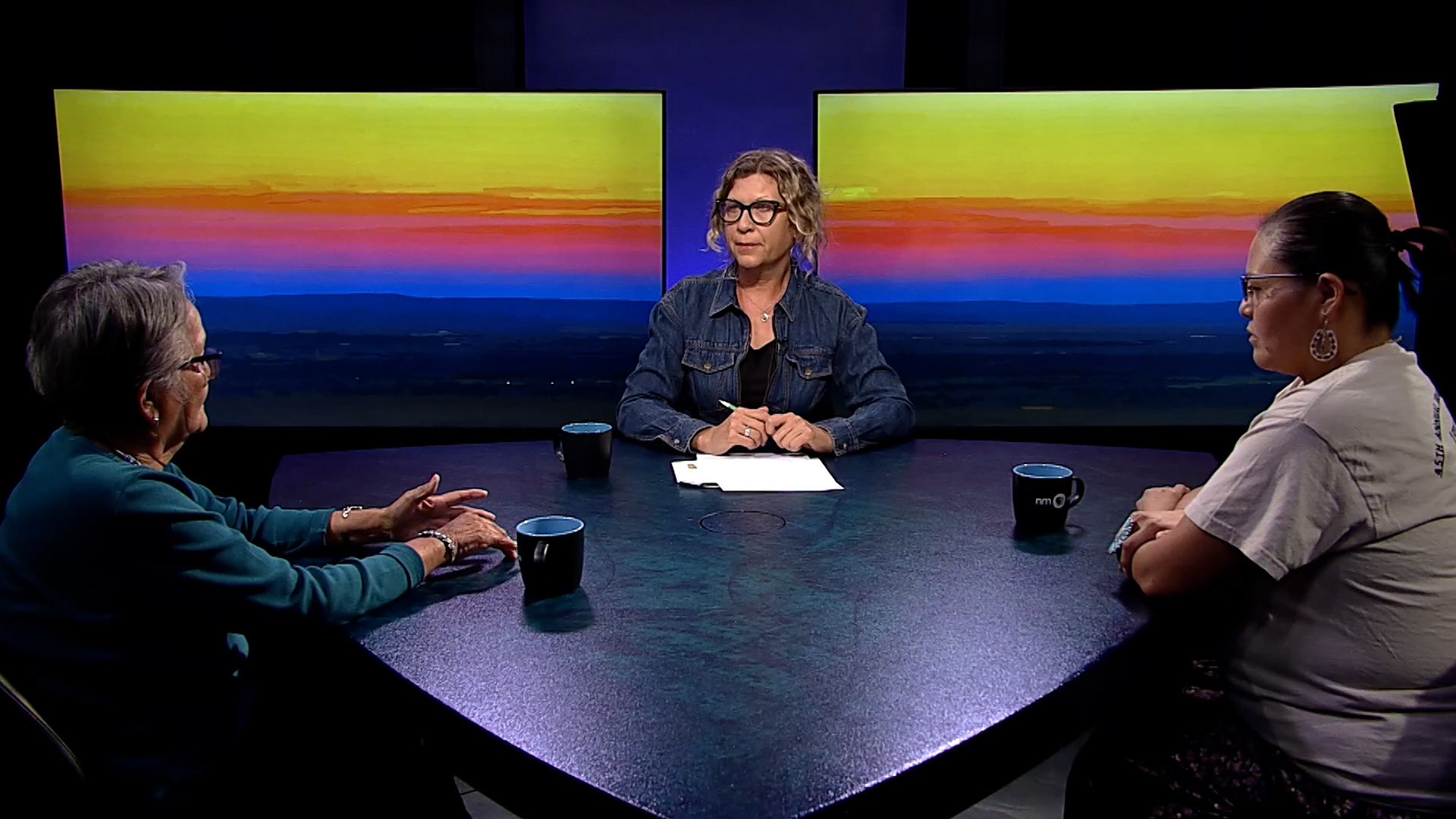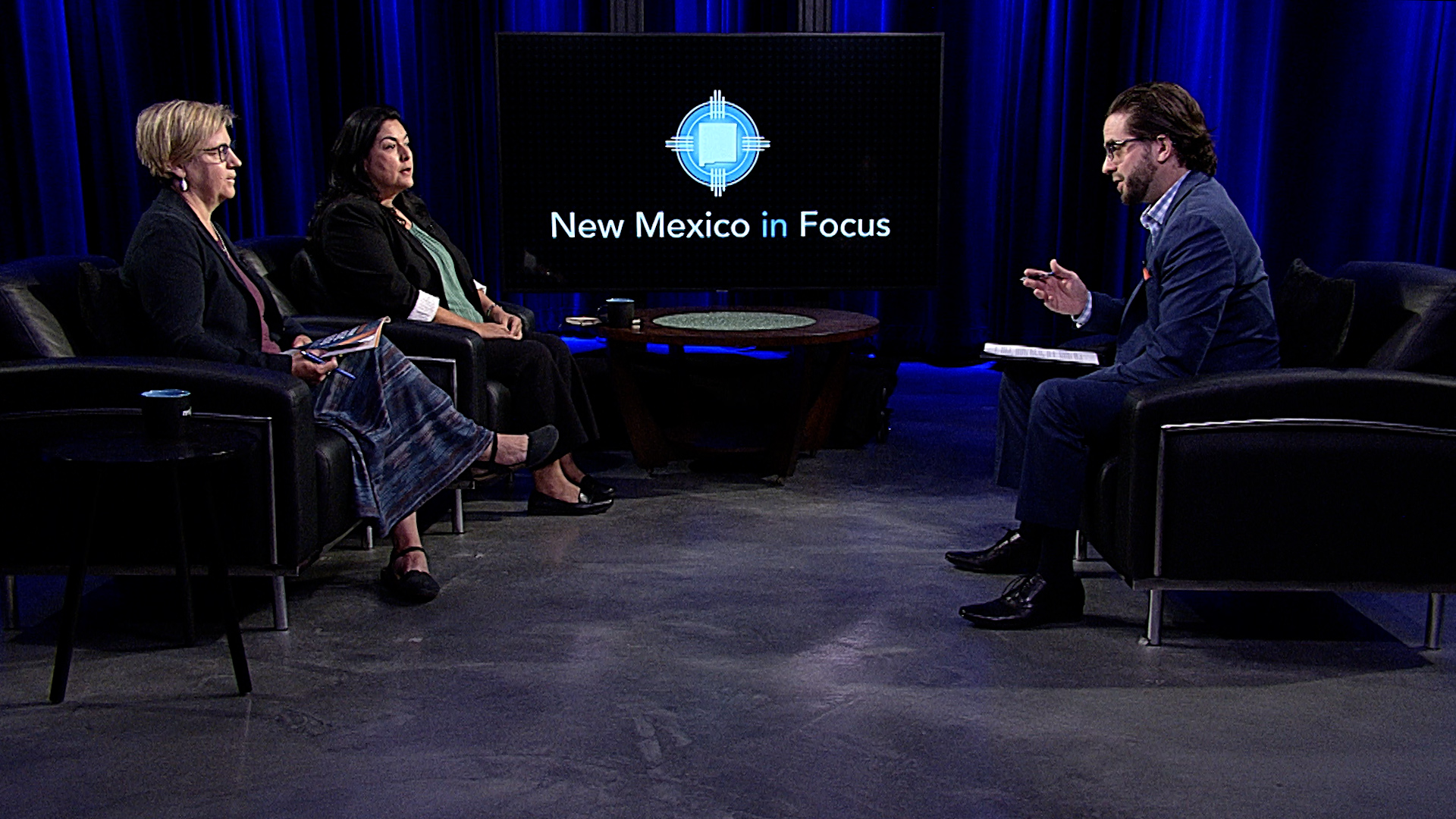Food and Housing Insecurity at NM Colleges
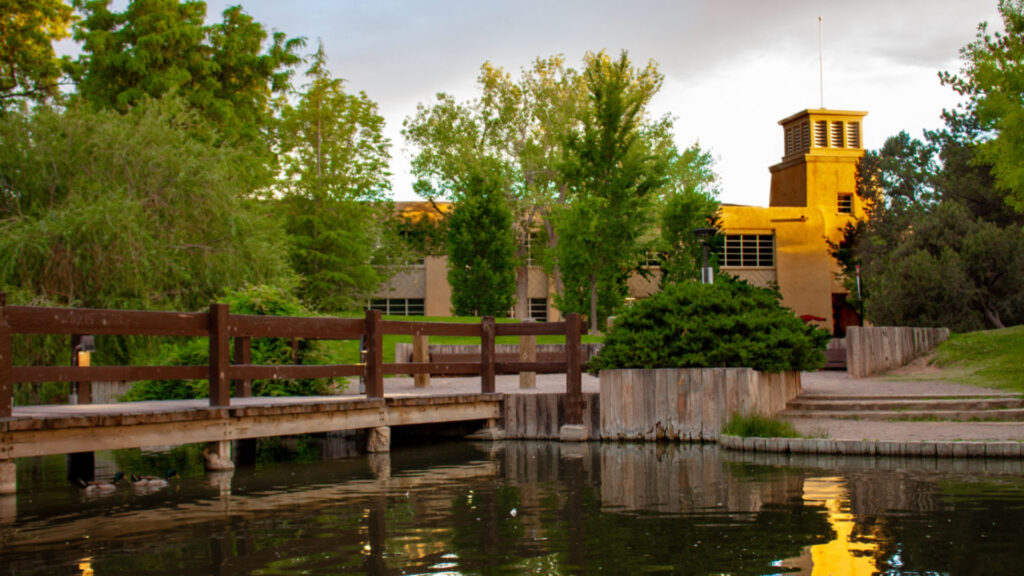
This week on New Mexico in Focus, we get some context on a recent study with some pretty staggering statistics. According to the University of New Mexico’s Basic Needs Project, more than half of college students in our state struggle to find enough food to eat or a consistent place to sleep every night. To put that into perspective, the national average for food insecurity among college students is less than one in four. Less than 10% of students nationwide have experienced homelessness. That number jumps to 14% in New Mexico.
Why are we so far behind the rest of the country? I asked that question to Patricia Trujillo, deputy secretary of the state’s Higher Education Department. She told me we shouldn’t look at it quite like that.
“I guess I would reframe the concept of being behind,” Trujillo said. “What I would say is we have different social contexts. Students in New Mexico are coming from communities where there are different social determinants of health. So, they might be coming from a high-poverty context to a university or a campus and may not have all of the scaffolds and supports…for instance, some of our rural students coming to our urban areas might not have the same supports.”
During the rest of our conversation, Trujillo and UNM Basic Needs Project Founder Sarita Cargas further explained the barriers facing college students in New Mexico in particular, while discussing some of the many efforts to keep students afloat.
Below, you can watch and read more about that interview and the two others from this week’s show. I’d especially encourage you to watch Our Land Senior Producer Laura Paskus’ discussion with two people who’ve lived in the Navajo Nation’s Red Water Pond Road Community for generations. It’s a follow-up to a conversation Laura had in June with a group of students upset over federal plans to move toxic uranium waste from Red Water Pond Road to their town, Thoreau, which is 80% Navajo itself. (Though it does not sit on tribal land.) As Laura’s guests this week explained, they want Navajo Nation to find a solution that doesn’t pit Diné communities against one another.
We hope you enjoy this week’s episode.
– Lou DiVizio, Senior Producer
-
How College Student Hunger in 2024 Differs from Previous Generations
9.27.24 – Senior Producer Lou DiVizio asks two authors of a report on food and housing insecurity in higher education how…
-
The Political Power of NM’s Horse Racing Industry
9.27.24 – This month, Searchlight New Mexico journalist Joshua Bowling published a story detailing the political power of the state’s horse…
-
Diné Community Seeks Justice
9.27.24 – Earlier this year, Senior Producer Laura Paskus spoke with three Thoreau High School students opposed to a federal plan…
-
Half of NM College Students Struggle with Food and Housing Insecurity
9.27.24 – Senior Producer Lou DiVizio speaks with two authors of a recent report that shows more than half of New…


